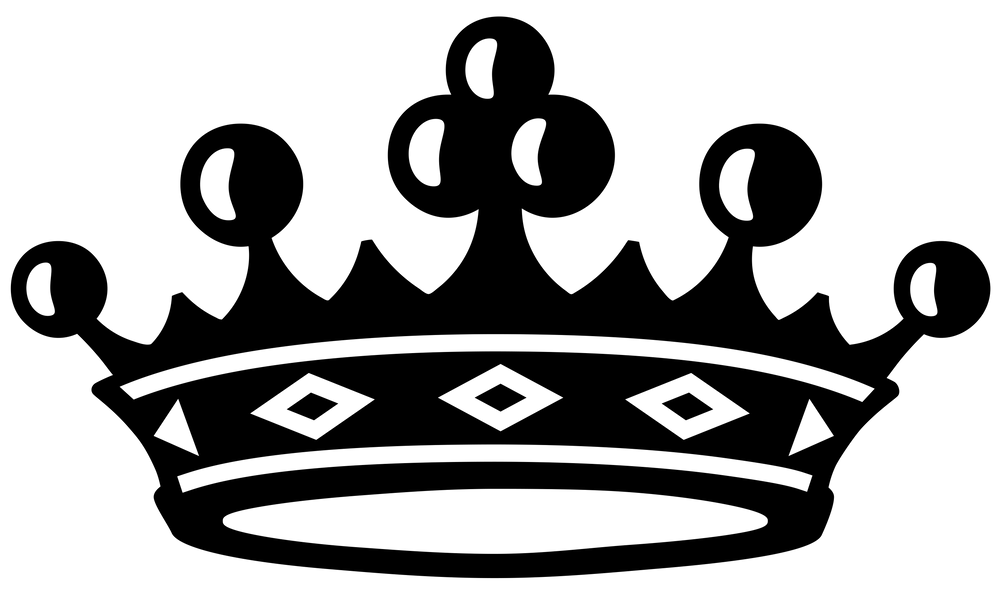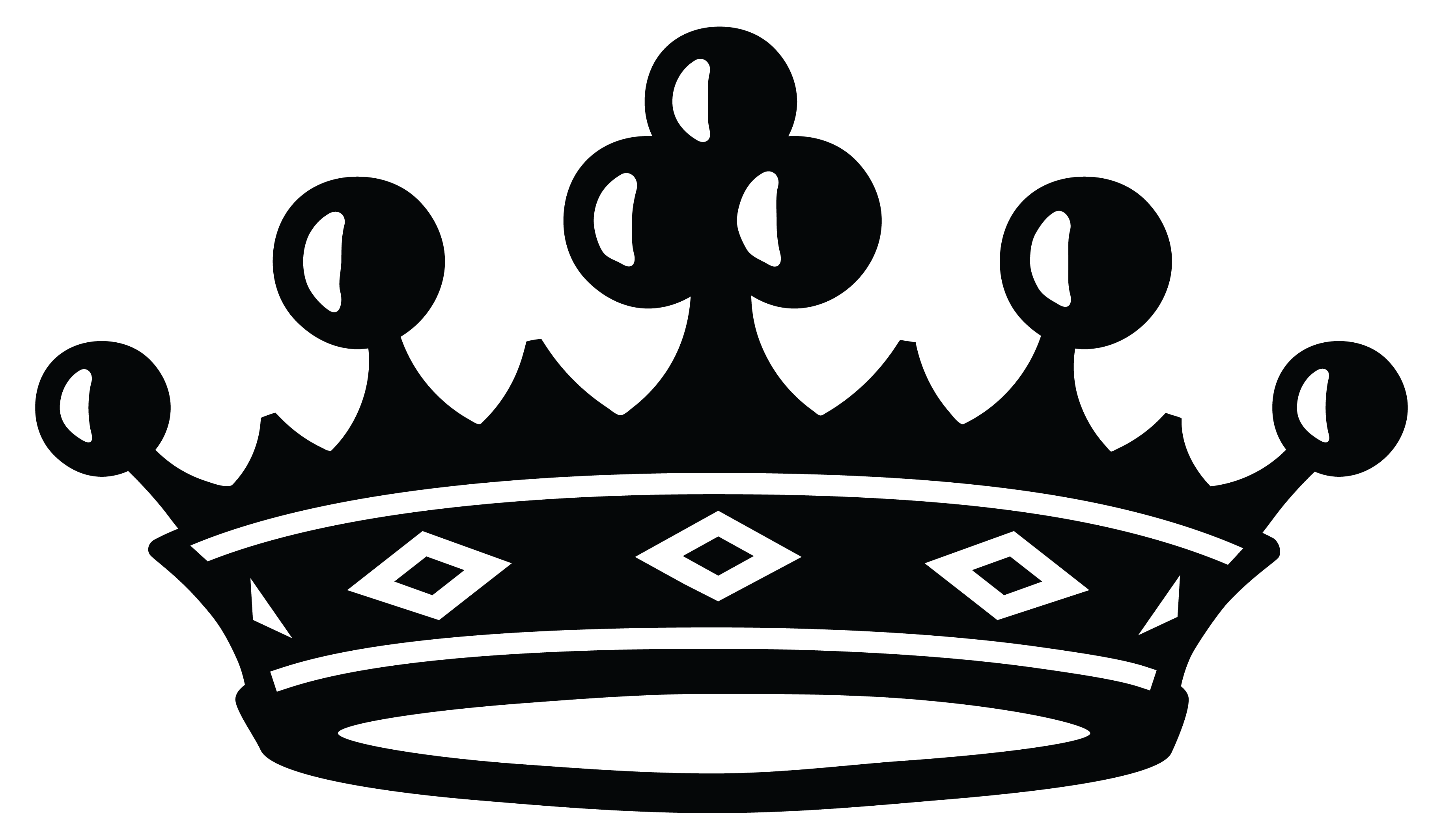This question is very abstract to me but I’m going to answer it in terms of my own practice that relies on material as the language to communicate this ‘moment in time’ which I also see as capturing a mood or an attitude that reacts to their own context or position. It's something you can’t get away from.
The material and the construction of the painting is the physical form of an emotional state. I’m specifically focussed on what it means to transform; the painful, fragile, joyful nature of it. The concept of change and transformation in the paintings play with the idea that physical change should happen first, then mental or theoretical change and new language will follow and grow in a more organic way.
This idea is rooted in the way we need to deal with constantly adapting and changing to our ever evolving and mercurial relationship to politics, our eco-system and also our intimate interpersonal relationships to friends and lovers. I like the idea of a physical language, something supernatural to help the above mentioned relationships thrive on a different plane.










